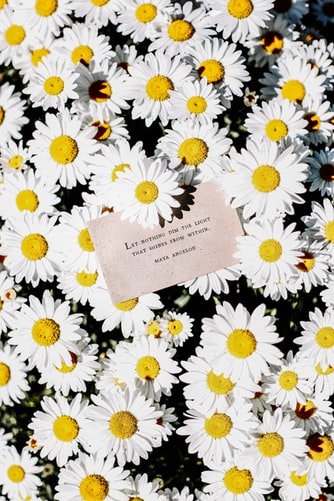Shame Vs. Guilt
How to tell the difference so you can move towards more self-esteem
Shame and guilt often get used synonymously as we talk about our struggles. Although both shame and guilt have the potential to be destructive in people’s lives, drawing the distinction between them can be a powerful tool to move past self-deprecation and into self worth.
So, how can you spot the difference and why is it so important?
Guilt: Brené Brown defines guilt as “I did something bad”. She explains that “Guilt is a focus on behavior”, it allows us to reflect upon our actions so we can move forward in alignment with our values. Making mistakes that result in guilt provides the opportunity to check in and make different choices in the future.
The key with guilt is that it often involves something we have the ability to change. For example, if I tell a lie to a loved one when I am committed to the value of honesty, I feel pretty crummy as a result (guilt). In this situation there is something I can do! I can go back to this person and make a repair. There is a step I can take.
Esteemed psychotherapist, Esther Perel, provides another way to understand guilt. She states, “Guilt is conscious” and “Shame is hiding”. It is important to stay connected to our inner voice that guides us towards right/wrong. I often explain to clients that guilt might sound like the internal voice that says, “That doesn’t feel like me”, “I think I can do better next time”.
Shame: Brené defines shame, as “I am something bad”. Shame is the belief that something is deeply wrong or inherently bad within you. It’s the belief that something that’s part of your essence is flawed. It is toxic and leads people deeper into symptoms of depression, anxiety and low self-esteem. Shame often develops from the cultural, societal, historical and familial systems we exist within. Dominant discourses around how we “should” lead our lives, or what makes us worthy of love and acceptance. These messages get reinforced with media portrayals of beauty, success, sexual and gender identity, love and partnership, etc.
The problem with shame is that it often isn’t something we have the ability to change while remaining authentic to ourselves. This issue comes up with many of my clients who struggle with self-esteem regarding physical appearance, beauty or body image. For example, if I see countless images of thin and photo-shopped models promoting diet products, I can feel crappy (shame). I can feel like my body and appearance is bad or not good enough. In this situation there isn’t much we can do (or should feel expected to do) in order to change our appearance. Although there are steps we can take to make these changes, they don’t often lead to a decrease in shame over time. Your body and appearance are good enough and worthy of appreciation as is.
Put it into practice: How to start checking in with your value system and stop shame from eroding your sense of self-worth.
When you are experiencing an emotion that feels like it could be shame OR guilt try to see where guilt ends and shame begins.
Step 1: Make a list of the top 5-10 values that are important to you. I recommend looking up Brené Browns list of values if you are having trouble.
Step 2: Are you feeling guilt based on an action or choice you made? Does this feel out of alignment with the value list you made? If not, this may be a sign that shame is present.
Step 3: If it’s guilt: how can you learn from your choice? Go make a repair with someone, move forward with a new understanding, or journal about the incident that brought you here.
If it’s shame: practice self-acceptance and gratitude. Is there a small part of yourself that you can hold appreciation around? Think of how would you talk to your best friend in this moment and do the same for yourself.

